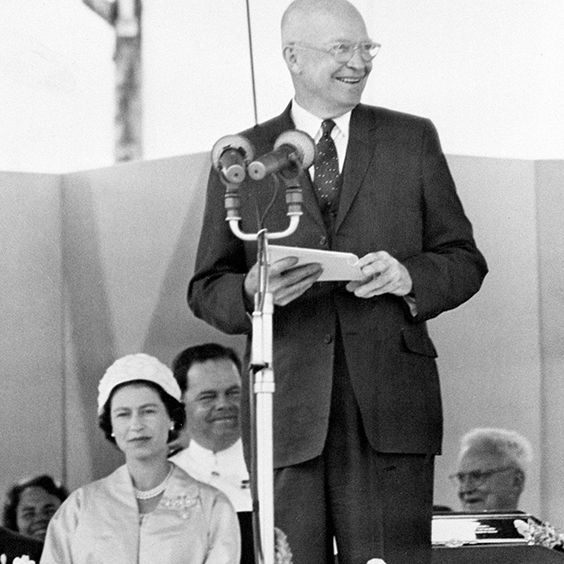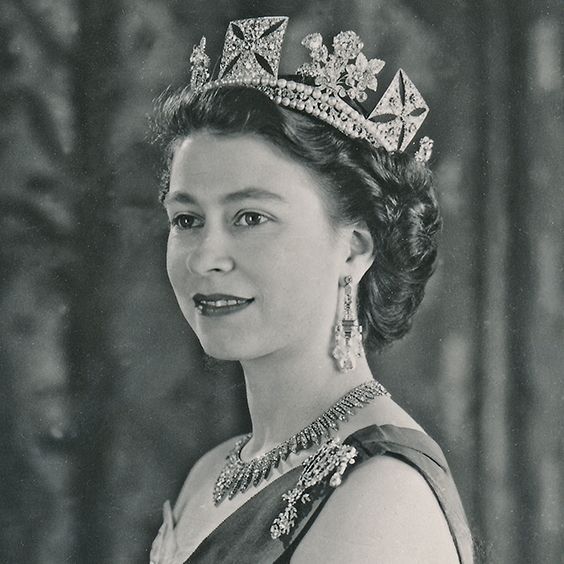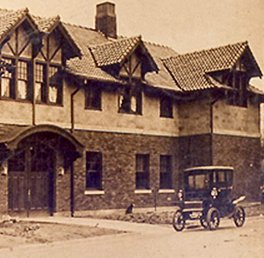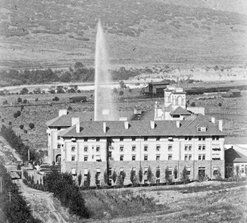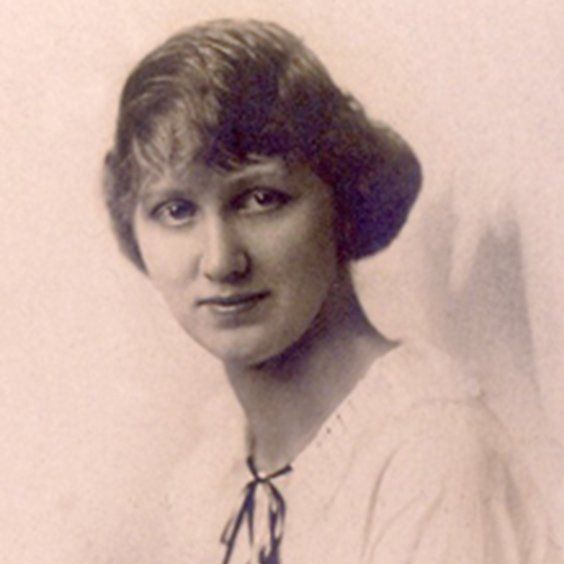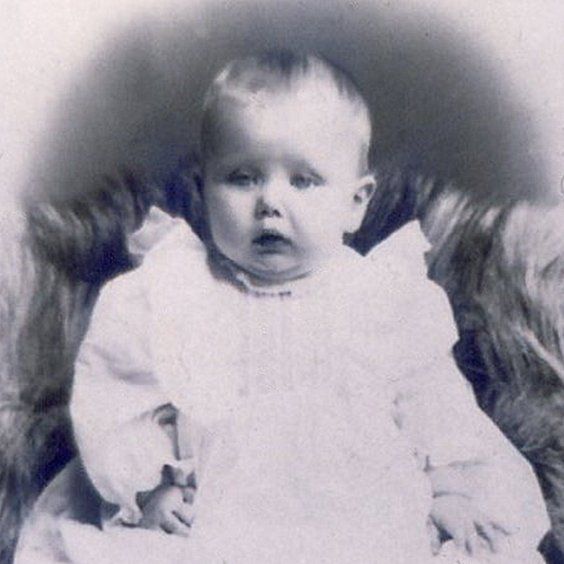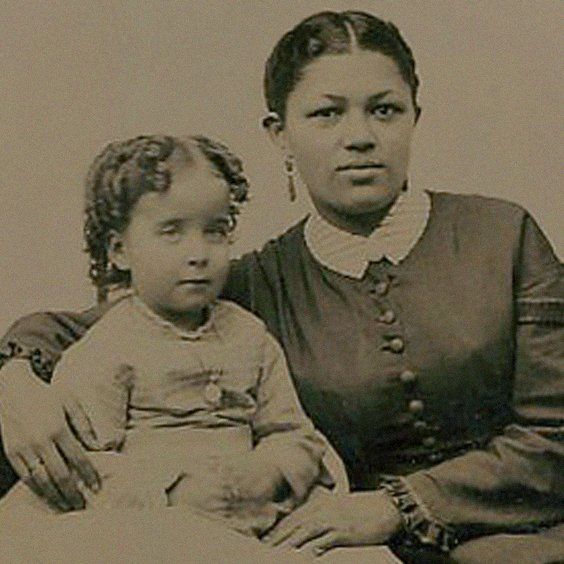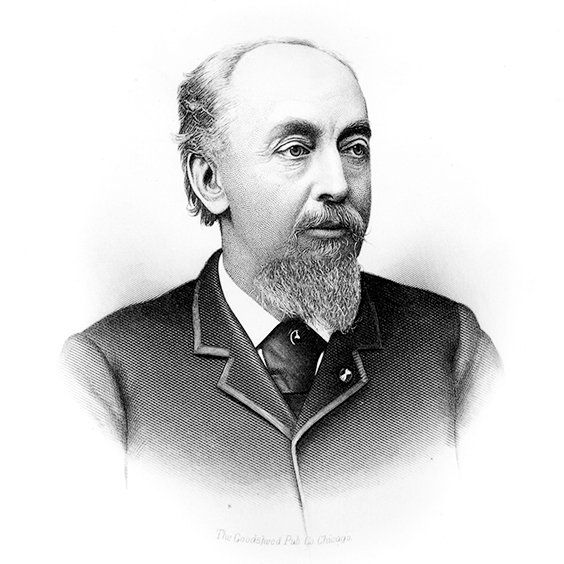Inside the Butterworth Garage
- By Gretchen Small
- •
- 25 Feb, 2022
- •
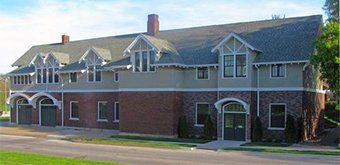
In a recent blog post, we looked at the exterior of the Butterworth Garage, circa 1909, now known as the Butterworth Education Center. Let’s go inside the building beginning with the addition constructed in 2009. The main entryway is where community groups enter the building for meetings. A special feature is the exposed brick wall allowing us to see the original exterior wall of the historic garage building.


A staircase leads up to the mezzanine level. Displayed here is a visual history of the Deere-Wiman swimming pool. You can learn more about the Deere-Wiman Swimming Pool at https://www.youtube.com/channel/UCh_fE8Yu73pde2VPtzJ8tUQ.
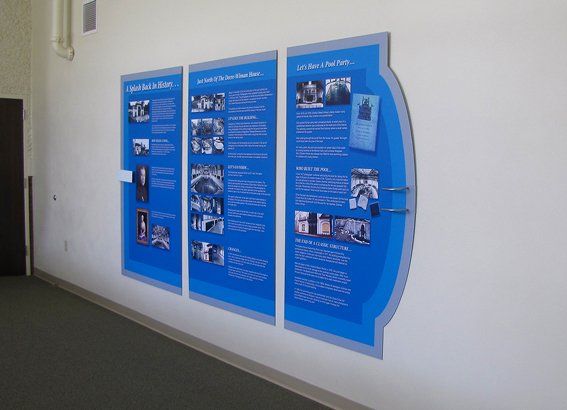

From the mezzanine, we enter back into the original building. First stop is where the original viewing seats existed for the squash court. Can you envision Mr. Butterworth and other executives at Deere & Company enjoying a rousing game of squash? This room features beautiful ceilings and the ceiling lights which could be lowered to change light bulbs. We only have one historic photograph taken inside one of the rooms in the Butterworth garage, so enjoy the modern photographs.
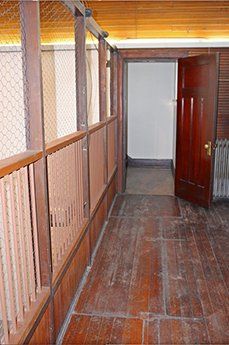
Next, we are heading to the second floor of the original 1909 garage. The second floor consisted of a small bedroom which the chauffeur used as needed, a storage room, Mr. Butterworth’s den, and a two room/one bath apartment for the second butler.
Chauffeur's Bedroom:
This bedroom was used if a chauffeur needed to be on property at night. Clifford Paul was the Butterworth chauffeur for years. Even though he and his family lived nearby, there were occasions when he needed to stay on the property at night.
Chauffeur's Bedroom:
This bedroom was used if a chauffeur needed to be on property at night. Clifford Paul was the Butterworth chauffeur for years. Even though he and his family lived nearby, there were occasions when he needed to stay on the property at night.
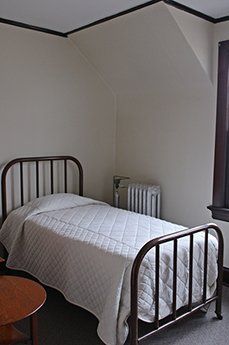
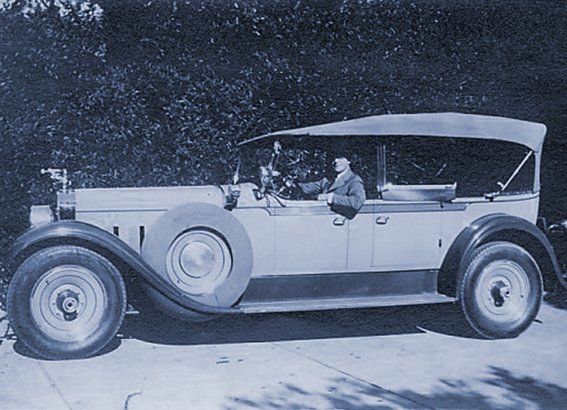
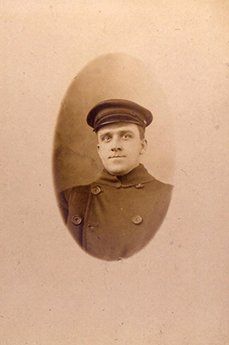
Storage Room:
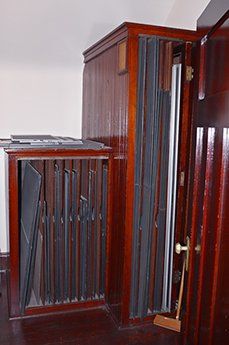
The original storage racks for window screens still stands in the room. How long did it take staff to install the screens to the garage and main house in the spring? What a task that was in the spring and late fall.
Mr. Butterworth’s Den:
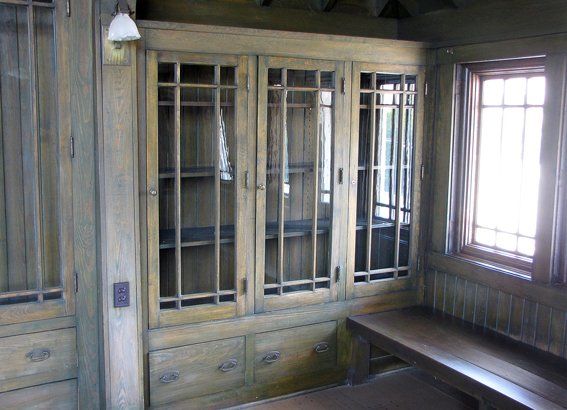
This lovely room offered privacy for William Butterworth, away from the house and office. Imagine the shelves filled with his books and gun collection. The story is that if Mr. Butterworth was working from the garage den, he was not to be disturbed. This room has a lovely view of the Butterworth gardens and of the house.
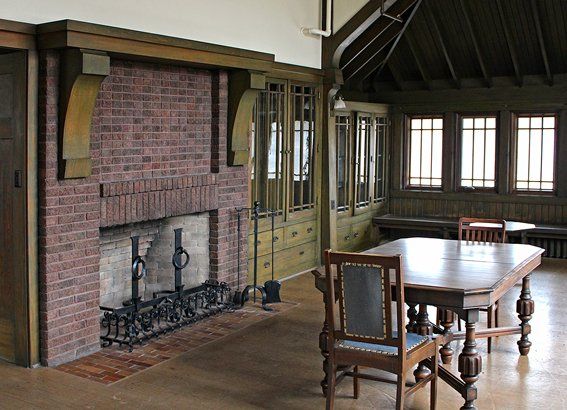
The one historic photograph in our collection shows just a portion of this room. Below we see staff members Ruth Moll and Ella Swanson seated in front of the fireplace, circa 1920-25).
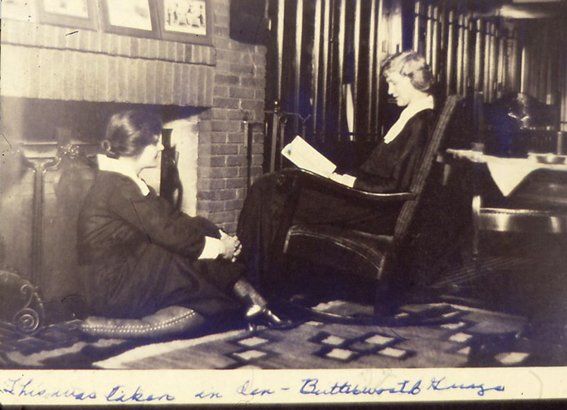
Second Butler’s Apartment:
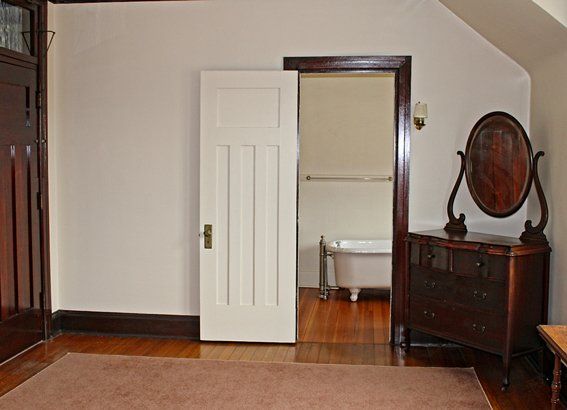
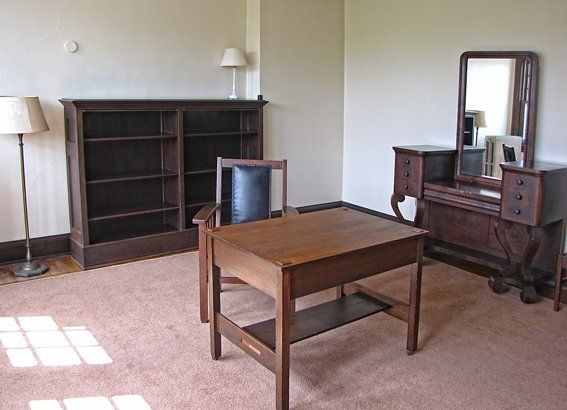
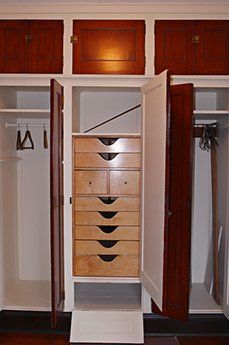
One long-term second butler was Herbert Schauer, 1924-57. What were his duties as second butler? During this time period, the head butler was Albert Boost. Basically, Schauer’s job was to assist Mr. Boost. In addition, he was the personal butler to Mr. Butterworth, taking care of his clothing and personal affects. Besides keeping his own closet organized, he maintained Mr. Butterworth’s wardrobe room.

Let’s head back downstairs and see the squash court from the playing floor. Today the squash court is equipped for viewing films and power point programs. In the original garage, there was a small shower and changing area for the squash players.
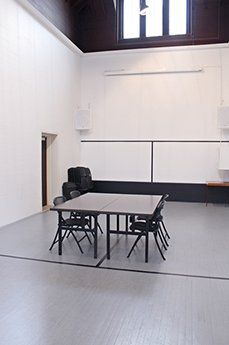
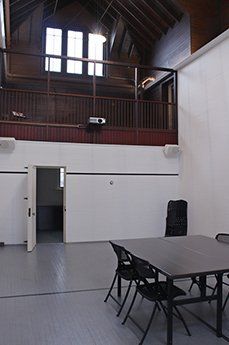
Garage:
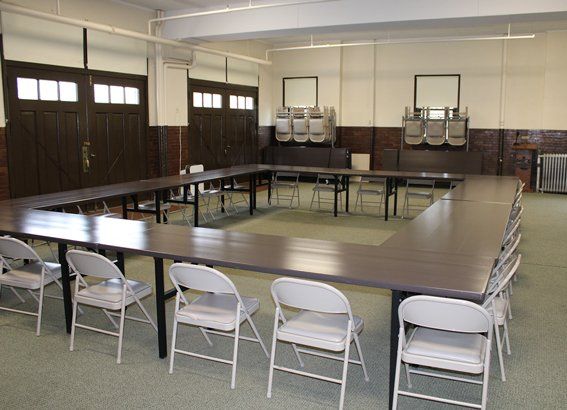
Today the main garage is our versatile meeting space, which handles many community group meetings. Adjacent is a full kitchen. Can you imagine the garage doors open to 12th Avenue and the space filled with the Butterworth’s vehicles?
We only have the picture below showing a Butterworth auto parked just outside the 12th Avenue entrance.
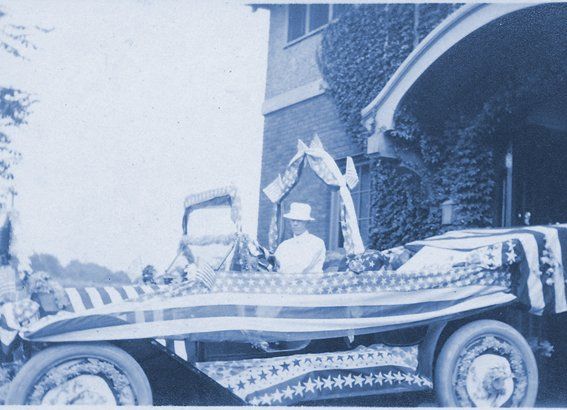
One feature from the garage still exists. The room that is now equipped as a kitchen was originally the garage workroom. The oil dispensers were made by the Tokheim Manufacturing Co., of Cedar Rapids, Iowa. With their patent date of January 2, 1900, these dispensers were probably installed in 1909, when the garage was built. There were two dispensers so that two different grades of oil could be pumped. To use a pump, you would set a can, probably with a spout, underneath the hand pump. You could then pump the amount of oil out that was needed for your automobile or other equipment.
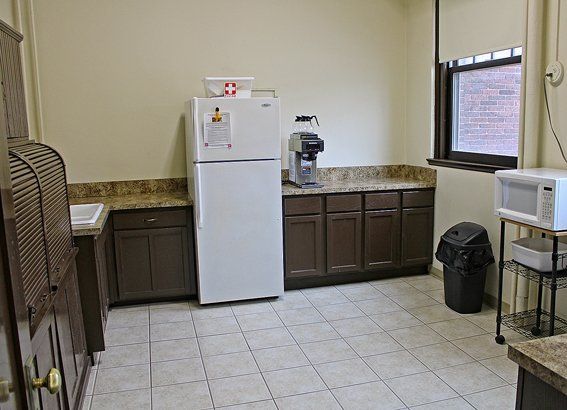
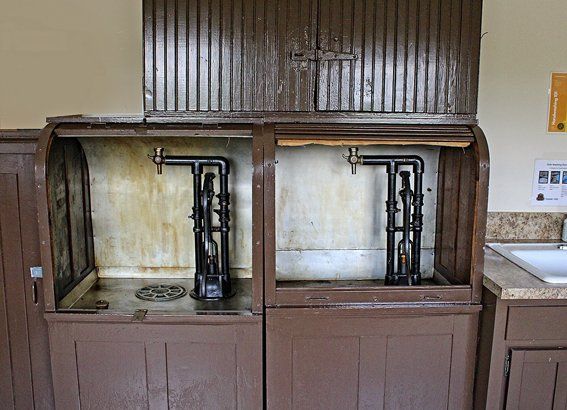
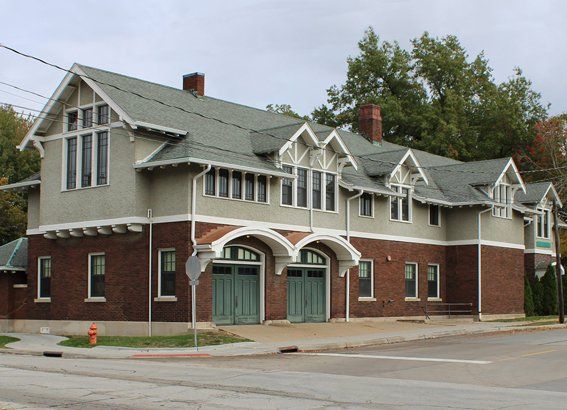
Thanks for joining us as we toured the inside of the Butterworth Garage/Education Center. Soon we will be adding a self-guided 360 degree tour of the building to our website.
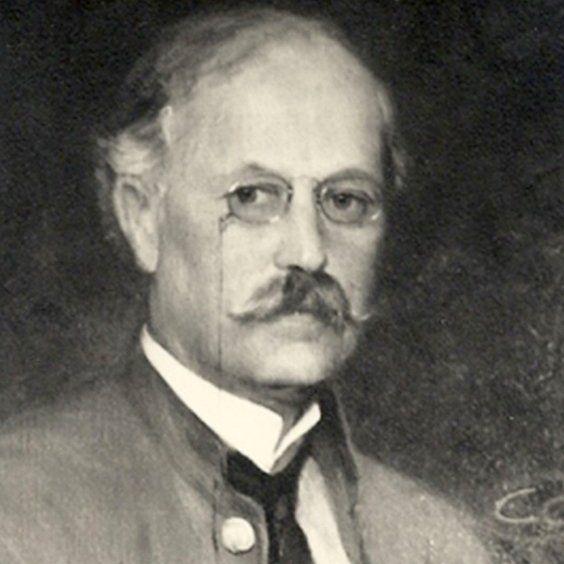
If you have not watched any of our YouTube videos at our channel Deere Family Homes, we encourage you to check out the April 2022 video. The video features the story of one painting hanging in the Deere-Wiman House. The painting’s artist is Alexander Harmer.
We are lucky to have four paintings in our collection that were created by Harmer. It made sense for us to learn more about Harmer and see if we could determine why we have so many paintings from one artist. I love all four pieces and wanted to know more about the artist and determine if there was a connection to the family. Three of the paintings hang in the Deere-Wiman House and one at Butterworth Center. So, it was not just one family member that took an interest in his work.
Did any of the family know Alexander Harmer? We wish we knew. It is possible since Harmer’s life in Santa Barbara does overlap with the Butterworth and Wiman families. Or maybe the family did not know Harmer but was drawn to his art and purchased pieces through art dealers.
Alexander Francis Harmer was born in 1856, in Newark, New Jersey. One source I read said that he sold his first work at the age of 11 for $2. Then at the age of 16, he lied about his age and joined the United States Army. He was stationed in California, which I think is the time period his artistic interests changed. He turned towards painting and illustrating the Apache Nation. The year would have been 1872, and the US Army would have had a large presence in the West with the enforcement of federal Indian policy (which consisted of allotment of land and assimilation.)
After just one year, Harmer asked for a discharge and left the military. He worked as a photographer’s assistant until he was able to enroll in art school. He studied art under Thomas Eakins and Thomas Anshutz at the Pennsylvania Academy of Fine Art. In 1881, he re-enlisted in the Army and headed to his assignment at Fort Apache, Arizona. Harmer probably saw the Army as a cheap way of traveling West to continue his interest in the American West and the Apache Indians. During this enlistment, he was able to serve in an Army division assigned to pursue Geronimo. His studies of Indian life created an invaluable record. Harmer then returned to the academy in Pennsylvania where he turned his sketches of the Apache Nation into illustrations for Harper’s Weekly.
Alexander Harmer died on January 10, 1925, supposedly while admiring the sunset from his backyard. This was just six months before the Santa Barbara earthquake, which left the Harmers' adobes in ruins.
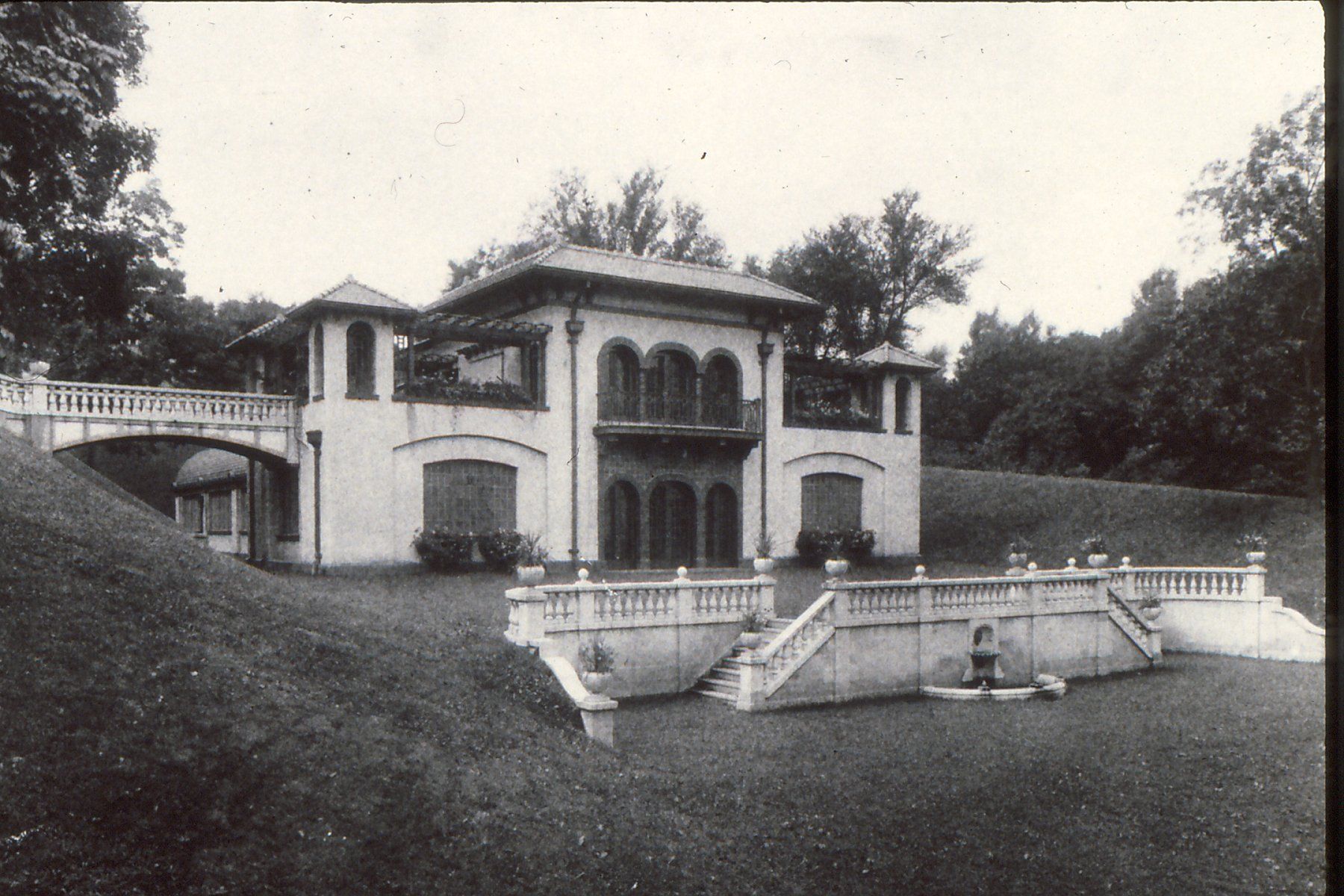
Click here to view a new video on our YouTube Channel featuring the Swimming Pool built in 1917 on the Deere-Wiman House grounds. https://youtu.be/NgV6XUEkrLs
